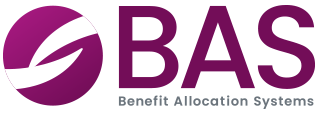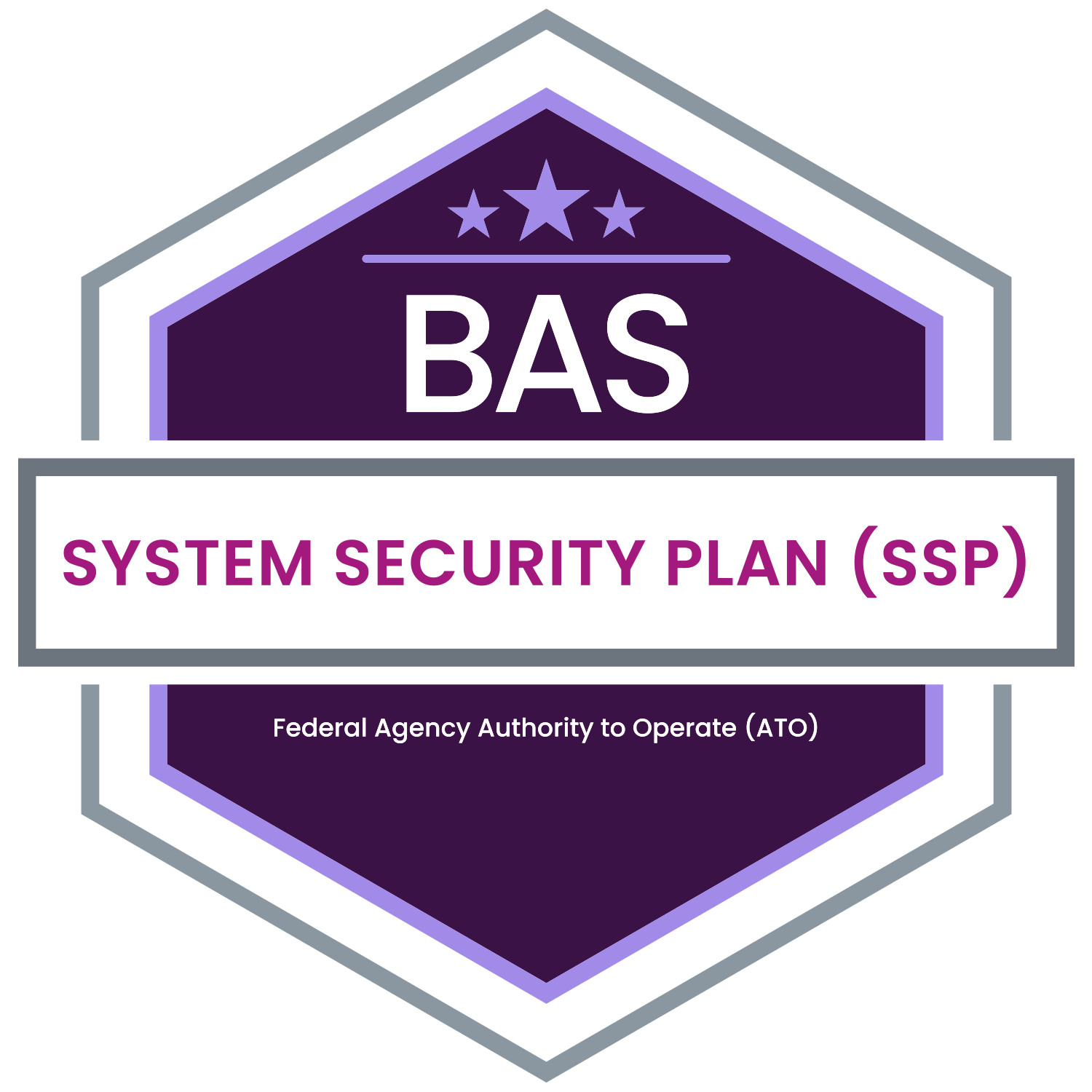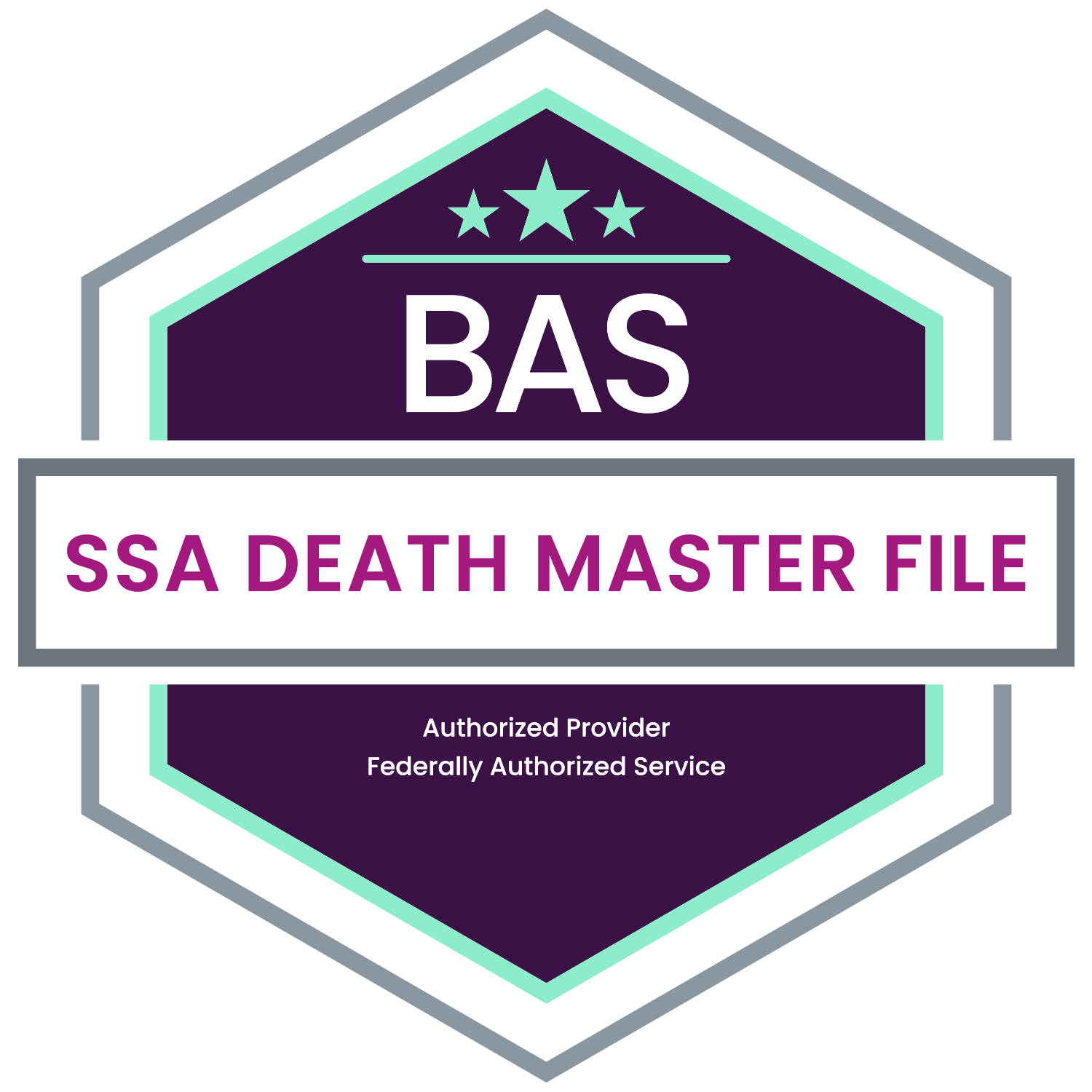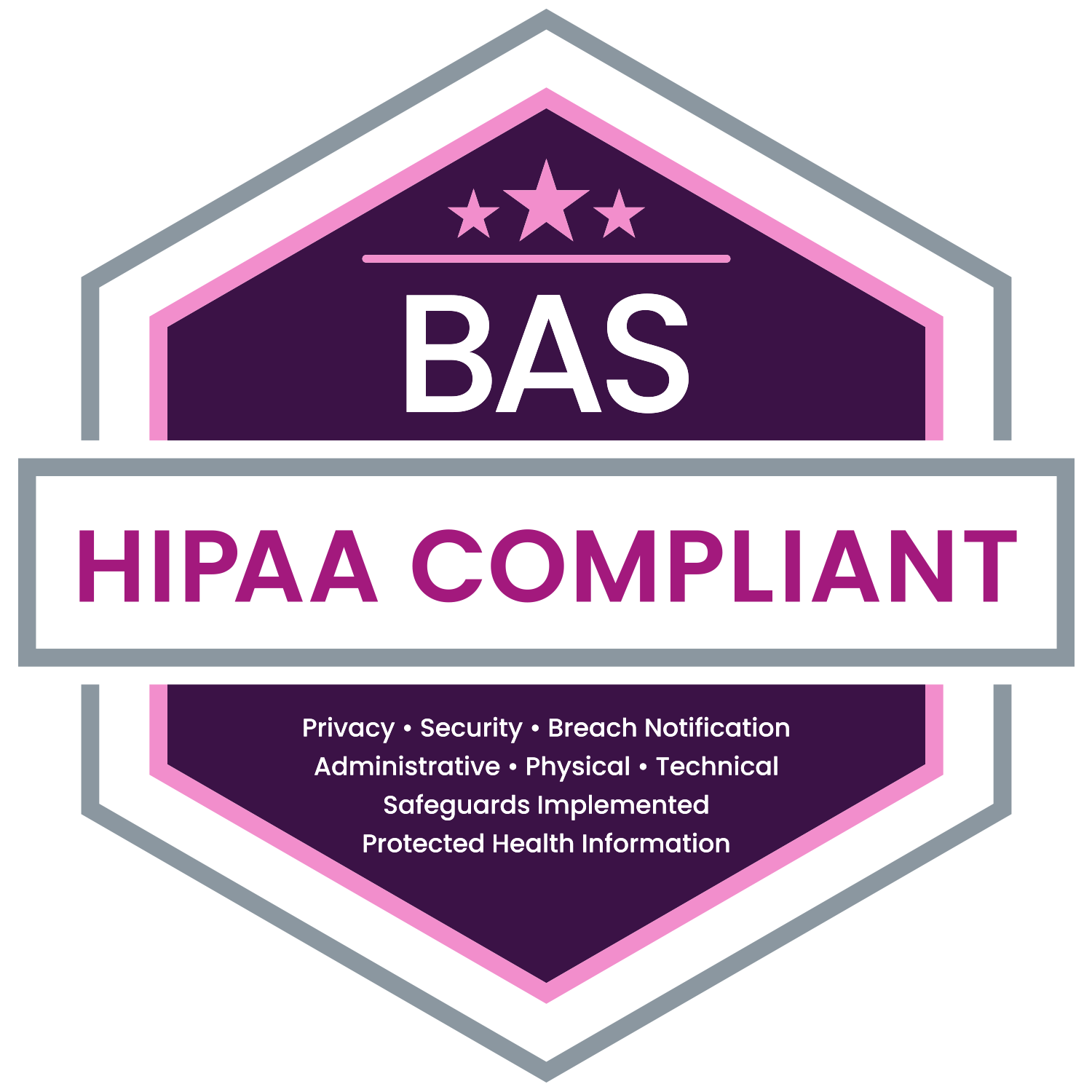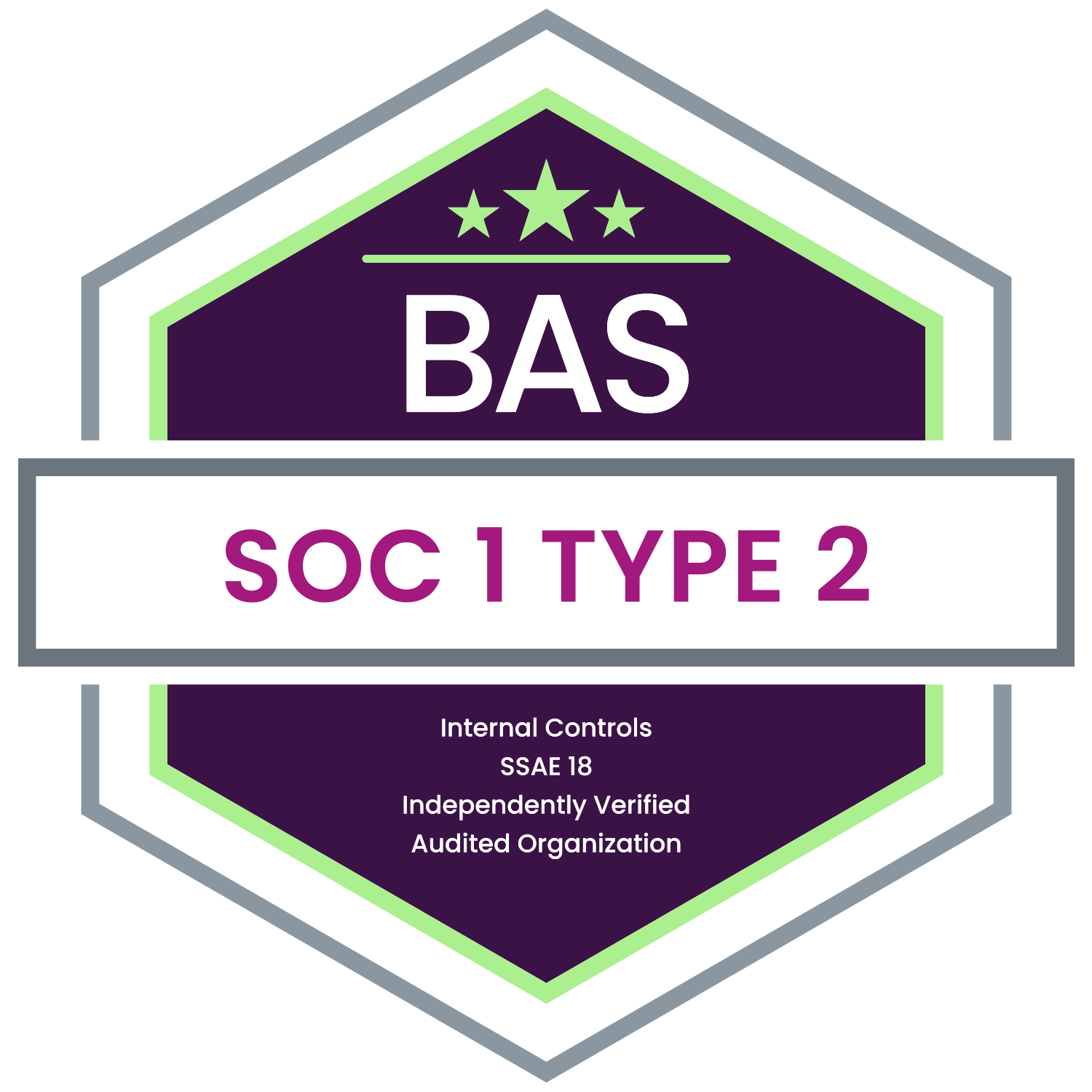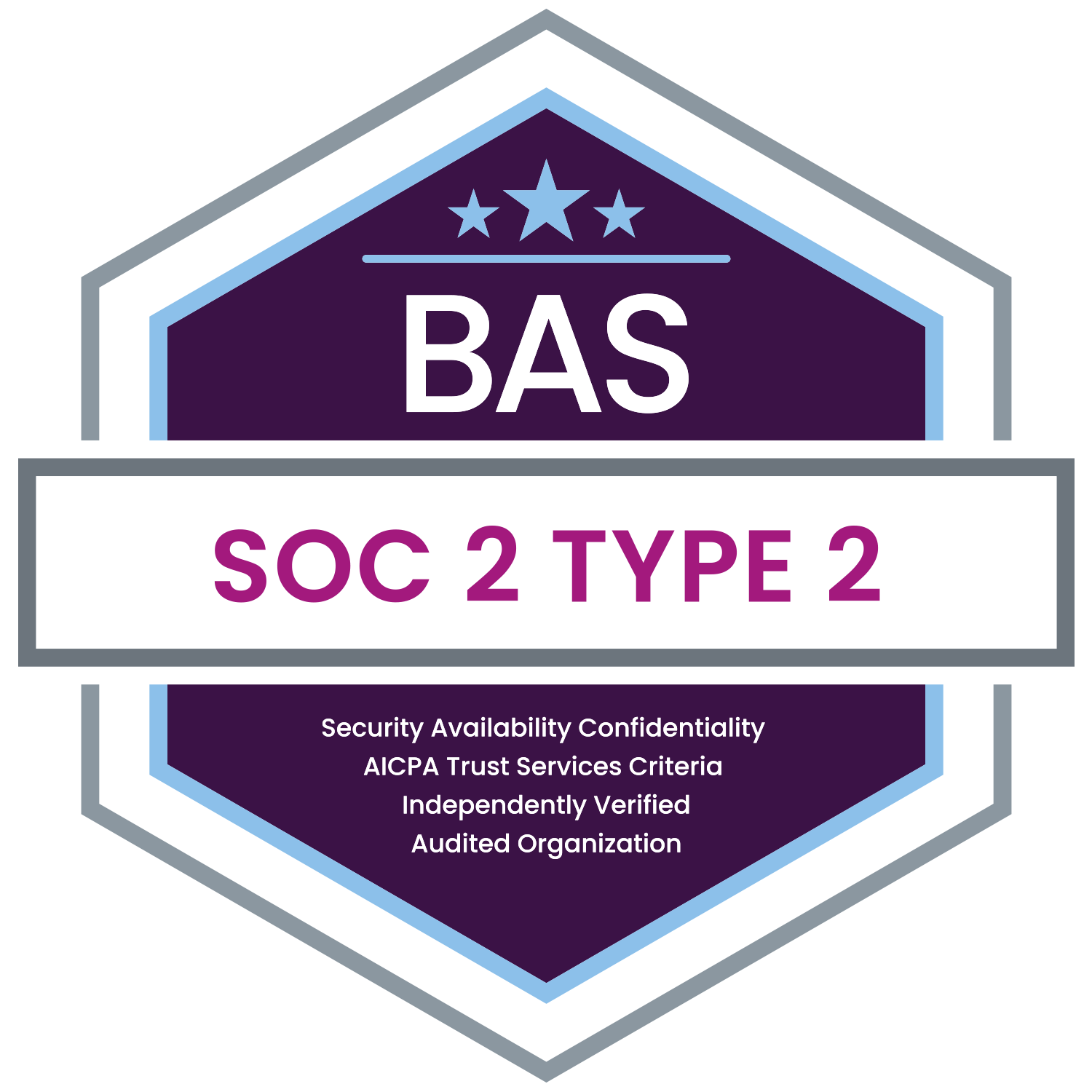The IRS released the threshold for determining affordability of health coverage in 2018.
An Applicable Large Employer must offer its full-time employees minimum essential coverage that is affordable and provides minimum value. Health coverage is considered affordable if the employee’s contribution for the lowest-cost self-only coverage is 9.5% or less of the employee’s household income. The 9.5% is adjusted annually for inflation.
Recognizing that household income is difficult for an employee to determine, the IRS established three safe-harbors that employers may use to determine affordability. These safe harbors are
- W-2 income (the employee’s W-2 box-1 wages for the year);
- Rate of pay (the employee’s hourly rate multiplied by 130 hours per month);
- Federal poverty line (the annual federal poverty line for a single individual divided by 12).
In Revenue Procedure 2017-36, the IRS announced that the required contribution percentage for 2018 is 9.56%. If an employee’s share of the premium in 2018 for the lowest-cost single-only coverage is less than 9.56% of household income (or one of the three safe harbors), the coverage is deemed affordable.
